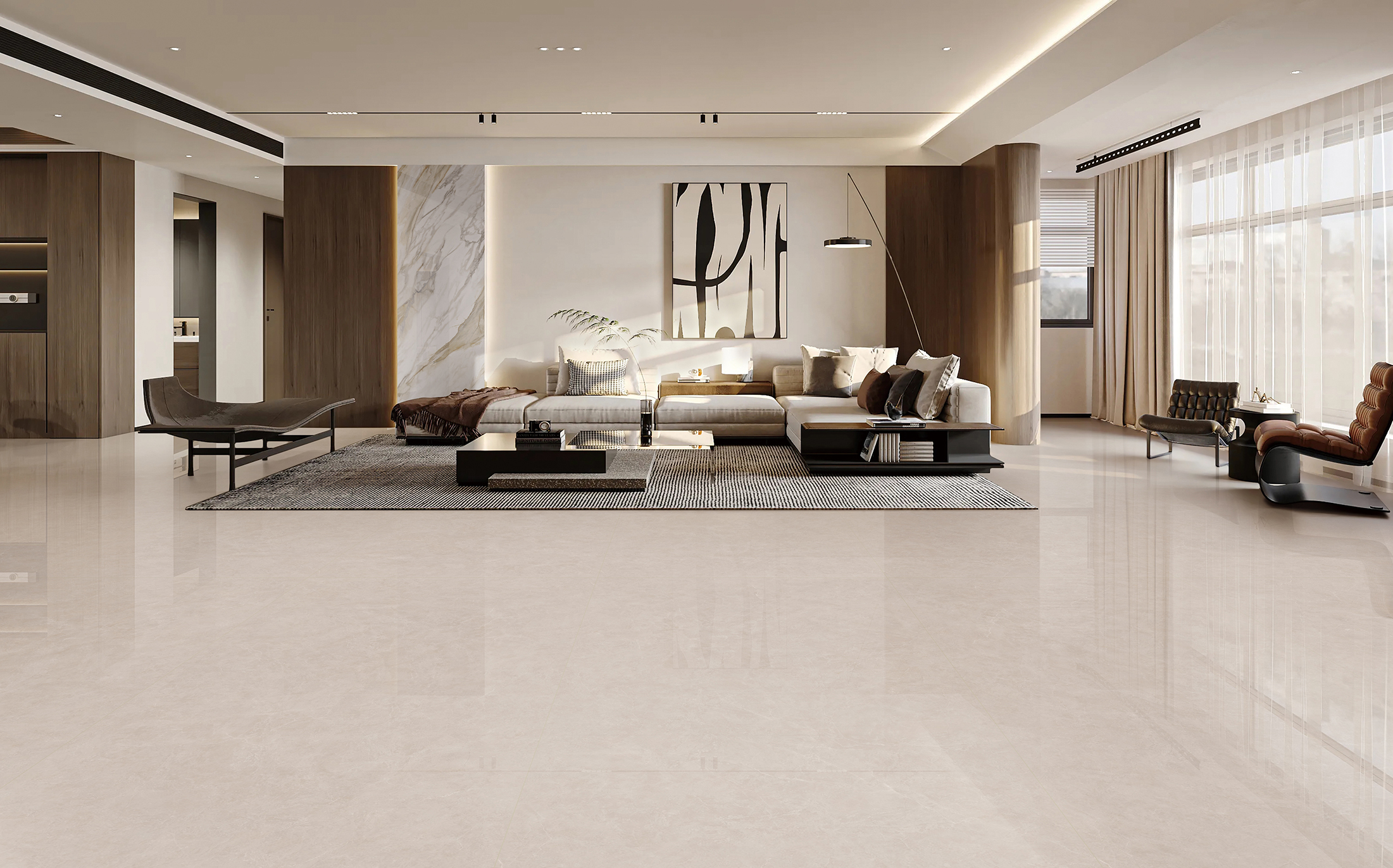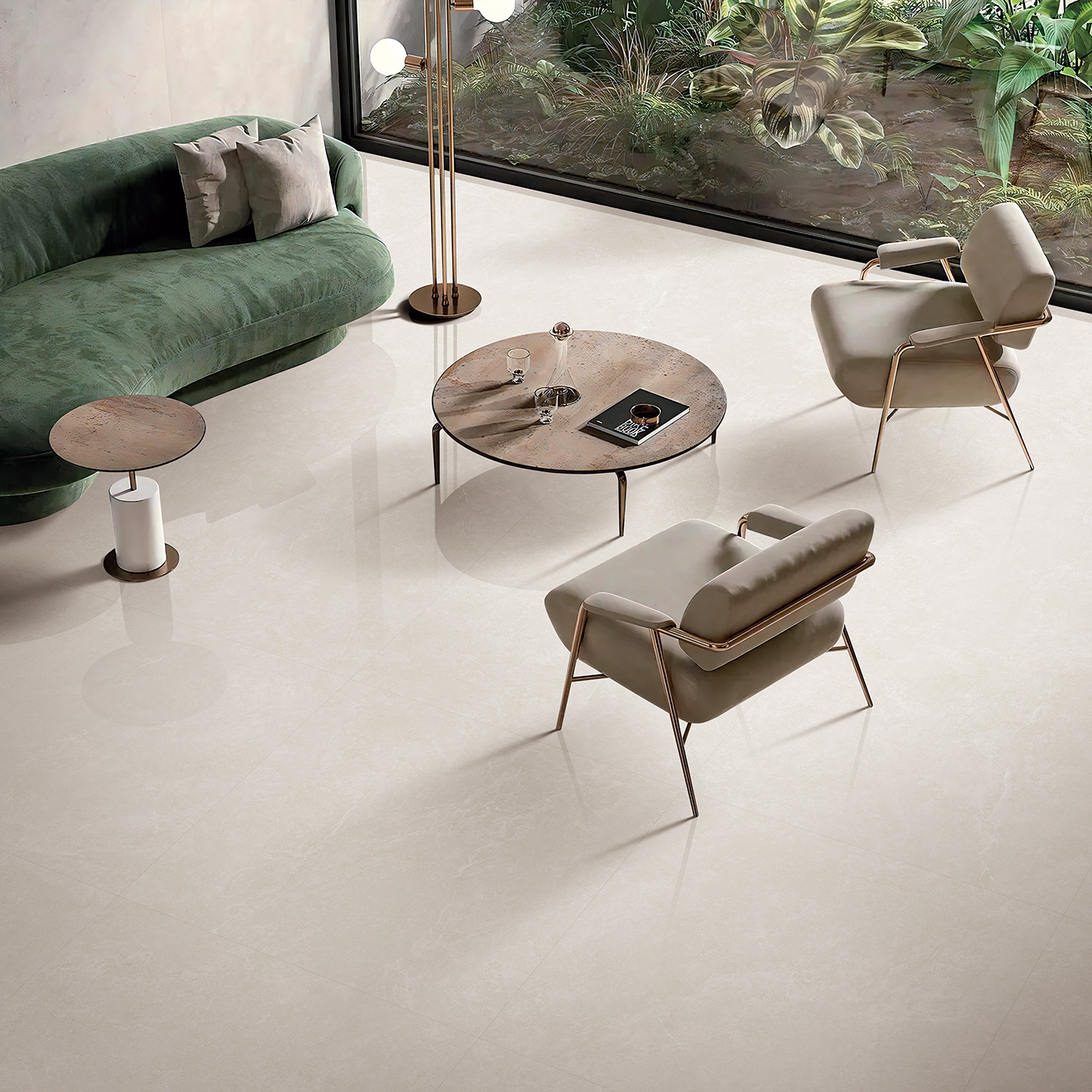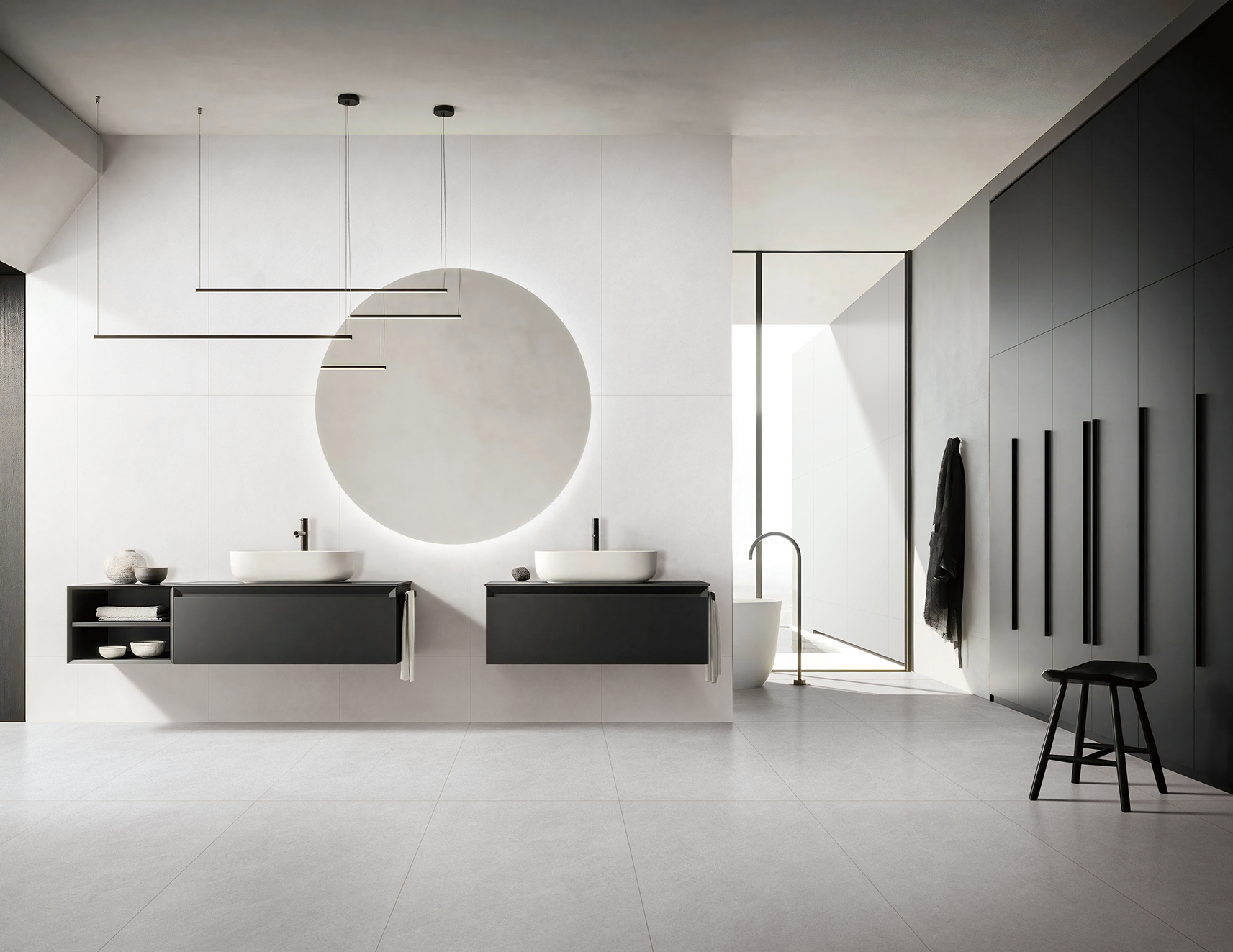
Tile Industry Embraces “Three Modernizations”: Technology and Art Redefine Future Landscape
The tile industry is undergoing a transformative wave centered on “high-end, intelligent, and green” development. Driven by policy support and market demand, companies are intensifying R&D and design innovation to transition traditional ceramic manufacturing into advanced productive forces.
Intelligent production has emerged as a core engine for upgrading. Leading firms invested billions in retrofitting production lines with AI quality inspection, digital twins, and AGV robots, achieving 98% kiln combustion accuracy, a 50% defect reduction, and over 60% labor cost savings. Overseas research institutions also optimized kiln space utilization via AI algorithms, significantly increasing average loading rates from 9% while slashing energy consumption.
Green transformation milestones include the world’s first ammonia-hydrogen zero-carbon combustion production line, reducing annual carbon emissions by 5,200 tons—a solution scalable to 200 million tons if adopted industry-wide. Technologies like wastewater recycling, >95% solid waste recovery, and rooftop solar further cement “green factory” credentials.
Product innovation merges functionality with aesthetics. Functional tiles saw breakthroughs, such as stair-specific designs with composite metal structures enhancing pressure resistance. Artistically, Song Dynasty aesthetics—embracing minimalism and low-saturation hues—inspired new collections featuring 45° soft polishing and crystal glaze techniques. Self-healing nano-ceramic coatings, formulated with silicon compounds, also expanded industrial applications through superior durability.
Global expansion accelerated with African production bases planning 30% capacity increases, leveraging local materials and market access.
Looking ahead, ceramic 3D printing promises disruption. Projected to grow at 31% CAGR, its market will reach $2.5 billion by 2034, enabling customized production in aerospace and healthcare



